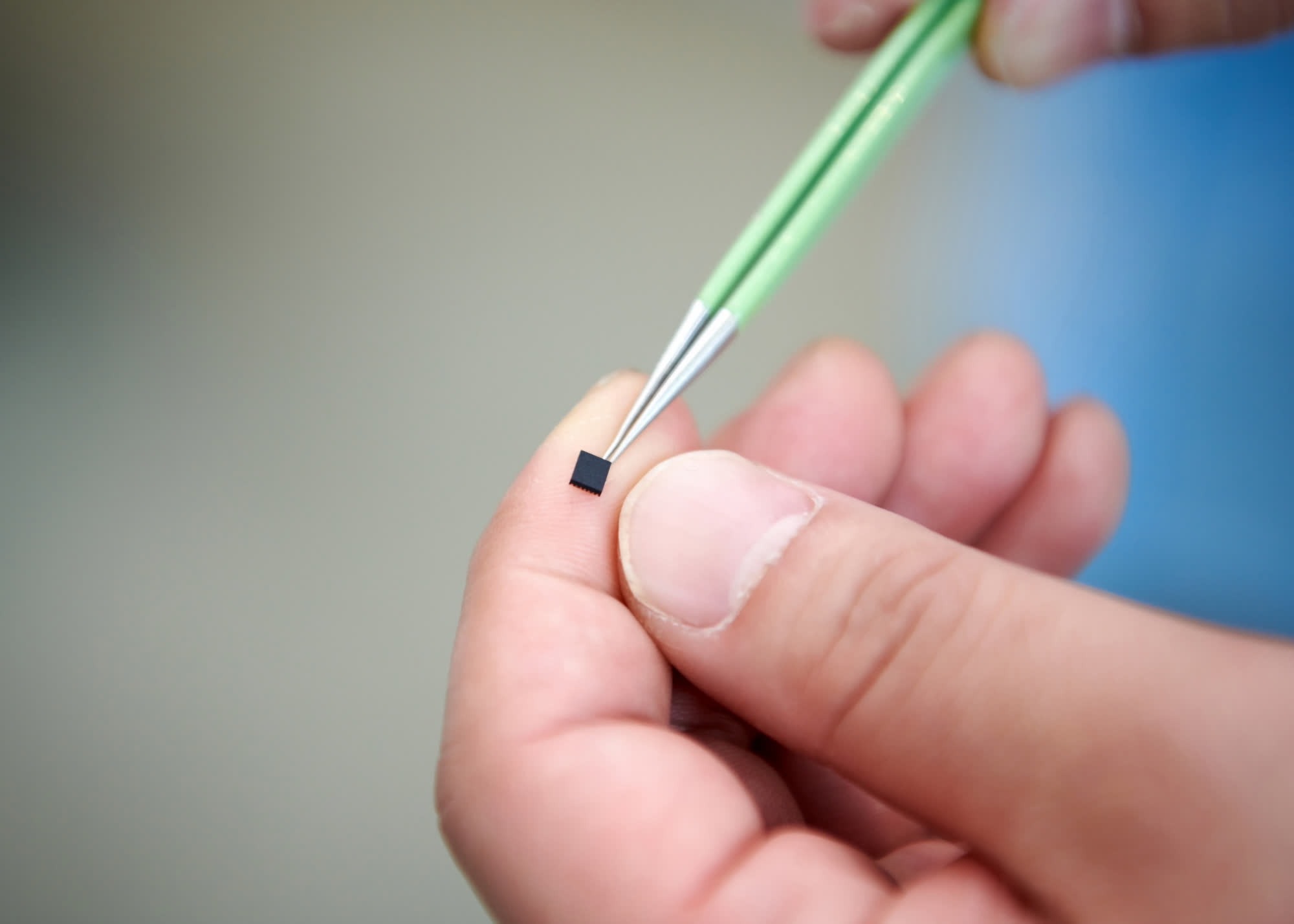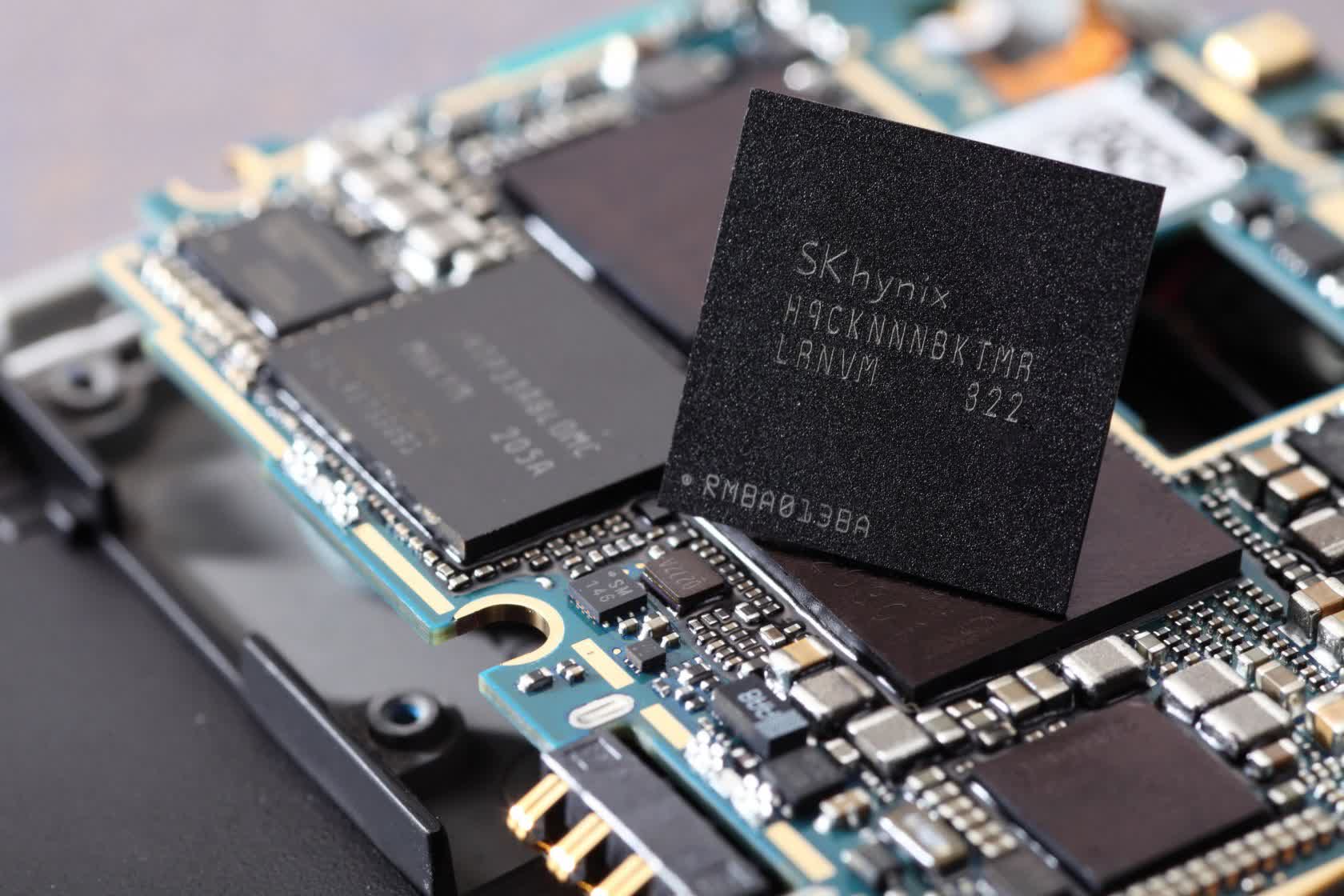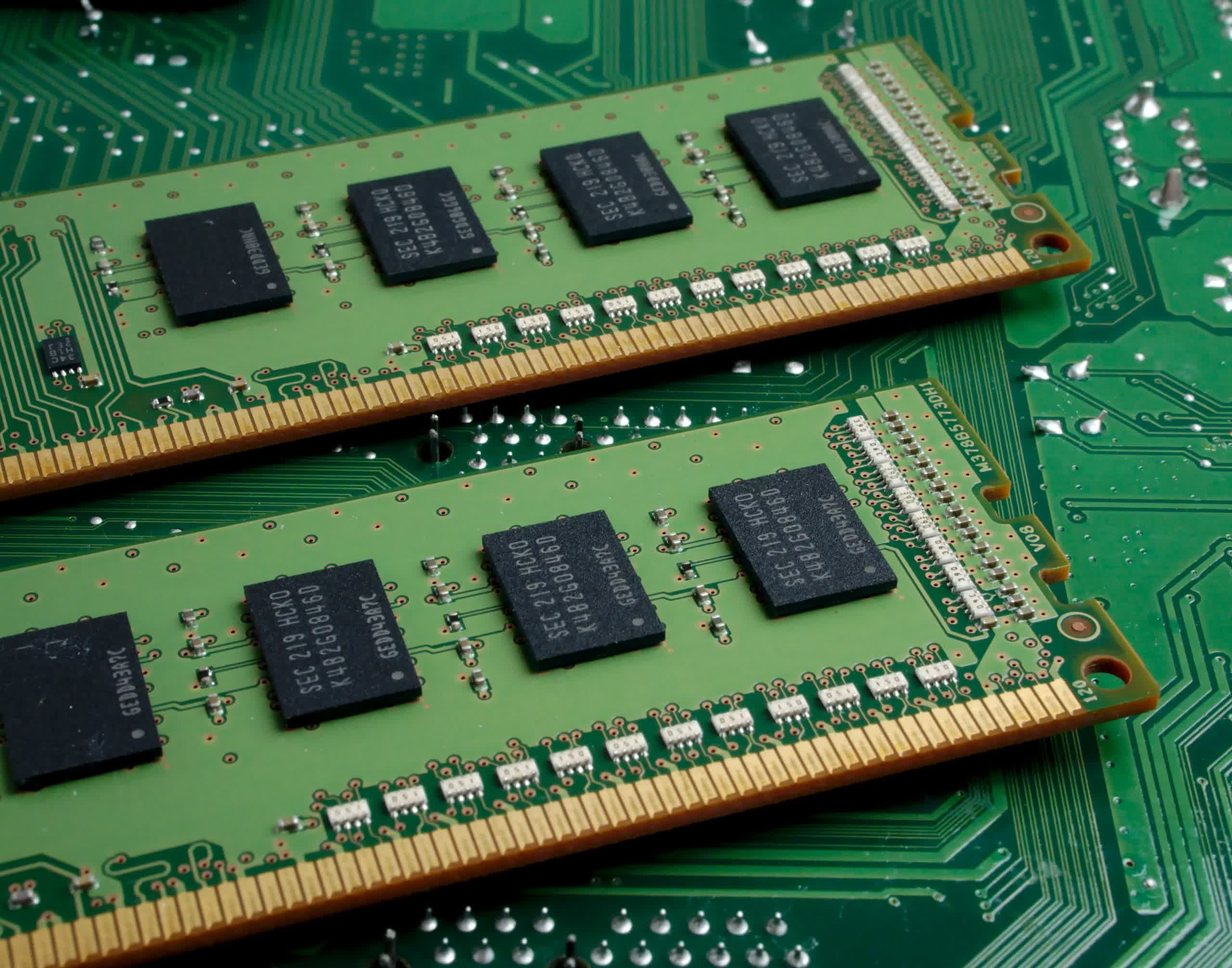Why it matters: The chip shortage, high demand, and scalpers have all contributed to a situation where new hardware is hard to find in stock and consumers have to either pay a greatly inflated price or play the waiting game. In the case of DDR5 DRAM, it makes more sense to play the waiting game, as getting your hands on a kit that's reasonably priced could remain a challenge in the coming months.
If you've been contemplating a PC upgrade that involves DDR5 memory, chances are you already know that such kits suffer from poor availability, not to mention the continuing problem of scalpers grabbing every last one to sell at inflated prices that reach as high as $2,500.
The main reason is, of course, the ongoing chip shortage. However, it's not the lack of DDR5 chips, but rather the lack of power management integrated circuits (PMICs) that has led to this situation. Manufacturers are actively trying to improve production capacity, but that can't exactly happen overnight.

Availability won't improve much in the coming months, but the average selling price could see a small decrease. According to a report from TrendForce, the cost of DDR5 modules could fall by anywhere between three to eight percent in Q1 2022. In the case of DDR4 modules, the price could decrease by as much as 10 percent as a result of PC OEMs trying to reduce inventory during the holiday shopping season.
This won't necessarily make a huge difference for your wallet but is indicative of a slow, gradual improvement in supply for DRAM that could eventually make DDR5 scalpers lose interest. Right now you can only use DDR5 with a handful of Intel Alder Lake CPUs, but that will change as Intel launches additional models and suppliers ramp up production.

There is now an oversupply of mobile DRAM, but that hasn't helped in the current context where phone makers have trouble securing a constant supply of various other components. TrendForce expects mobile DRAM prices to decrease between eight to 13 percent in the first quarter of next year, especially as smartphone sales have taken a hit and created inventory pressure for both suppliers and phone makers.
In the case of graphics DRAM, suppliers are now gradually shifting from 8 Gb to 16 Gb GDDR6 chips, with Micron leading the transition. However, since most chips used for consumer graphics cards are still of the 8 Gb variety, the high demand means prices won't improve and at best will remain flat in the coming months.
